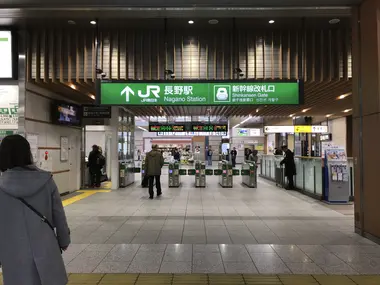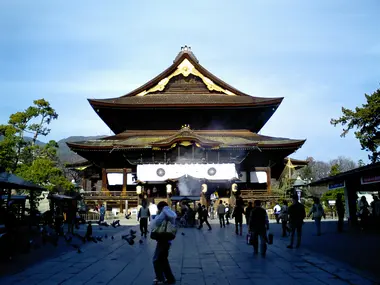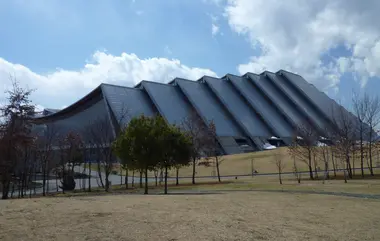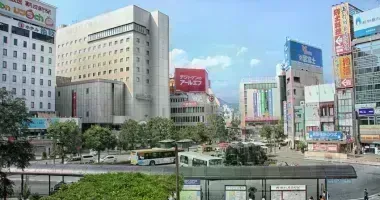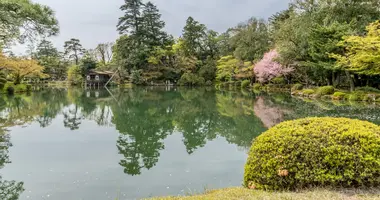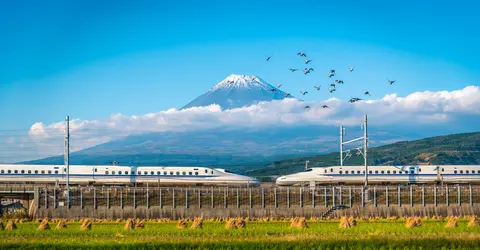Nagano Station
- Published on : 24/07/2024
- by : Joshua
- Youtube

Nagano Station
@Wikimedia
Nagano Prefecture is one of the geographically largest prefectures in Japan. It is located in the center of Honshu Island and is one of very few prefectures in the archipelago with no seacoast. Instead, Nagano is set amidst the Japanese Alps, a rich mountain range cutting through the island, blessing the land with gorgeous nature. The capital of Nagano Prefecture is the aptly named Nagano City, made famous from the 1998 Winter Olympics. The city is served by Nagano Station, owned and operated by Japan Railways.
For those wishing to explore this modest yet culturally-rich city, this station will be the central hub for transit, as it is a major stop on the Hokuriku Shinkansen Bullet Train Line that goes between Tokyo and Tsuruga in Fukui Prefecture. In addition, this station services the greater Nagano area, with local lines going throughout the city to smaller stops and other towns and cities throughout the prefecture.
Station Overview
Nagano Station is a relatively large station with four different rail lines and seven different island platforms (14 different departure platforms in total). Platforms 11 through 14 are dedicated Shinkansen bullet train arrival and departure points. These bullet trains can be ridden to get to places like Toyama, Ishikawa, and Fukui towards Hokuriku, and then Karuizawa, Omiya, and Tokyko going towards Kanto. The other platforms service the other lines operating out of Nagano Station, including the Shinetsu Main Line, the Kita-Shinano Line, the Iiyama Line, and the Nagano Electric Railway Line.
Nagano Station has a staffed JR office known as “Midori no Madoguchi.” Matters regarding tickets, passes, and reservations can be tended to here. There are a number of exits that lead out to major spots in the city, such as the venerable Zenkoji Temple. There is a central concourse at the station with a transparent ceiling.
Exploring Nagano via Nagano Station
Nagano City is a medium-sized city with many of its notable attractions not far from the main station, or, at the very least, easily accessible from the main station.
As previously mentioned, Nagano Station has a dedicated exit with easy access to Zenkoji Temple. This temple’s history dates back all the way to 642, when a Buddhist image was enshrined at the site, and the said Buddha is what is known as a hibutsu, or “hidden Buddha,” as the figure itself is hidden from view by the public.
The city of Nagano itself was built around this temple, making it the city’s most significant holy site and attraction. The famous Nagano Lantern Festival is held and centered around Zenkoji Temple as well.
Though it is on the other end of the city, the M Wave building that commemorates the 1998 olympics is easily traveled to straight from the station via bus. The journey out to M-Wave Mae Station takes anywhere from 20 to 40 minutes.
The building contains artifacts and photographs from the final games of the last century.
Though it isn’t in the immediate vicinity of Nagano Station, Jigokudani Monkey Park is one of the most beloved attractions in the entire prefecture. Jigokudani, home to a troupe of Japanese Macaque Snow Monkeys, famous for utilizing the natural hot springs of the area to keep themselves warm, is a must-visit Nagano destination. From Nagano Station, a shuttle bus to Kanbayashi Onsen Station can be taken directly, taking around 45 minutes to an hour.
